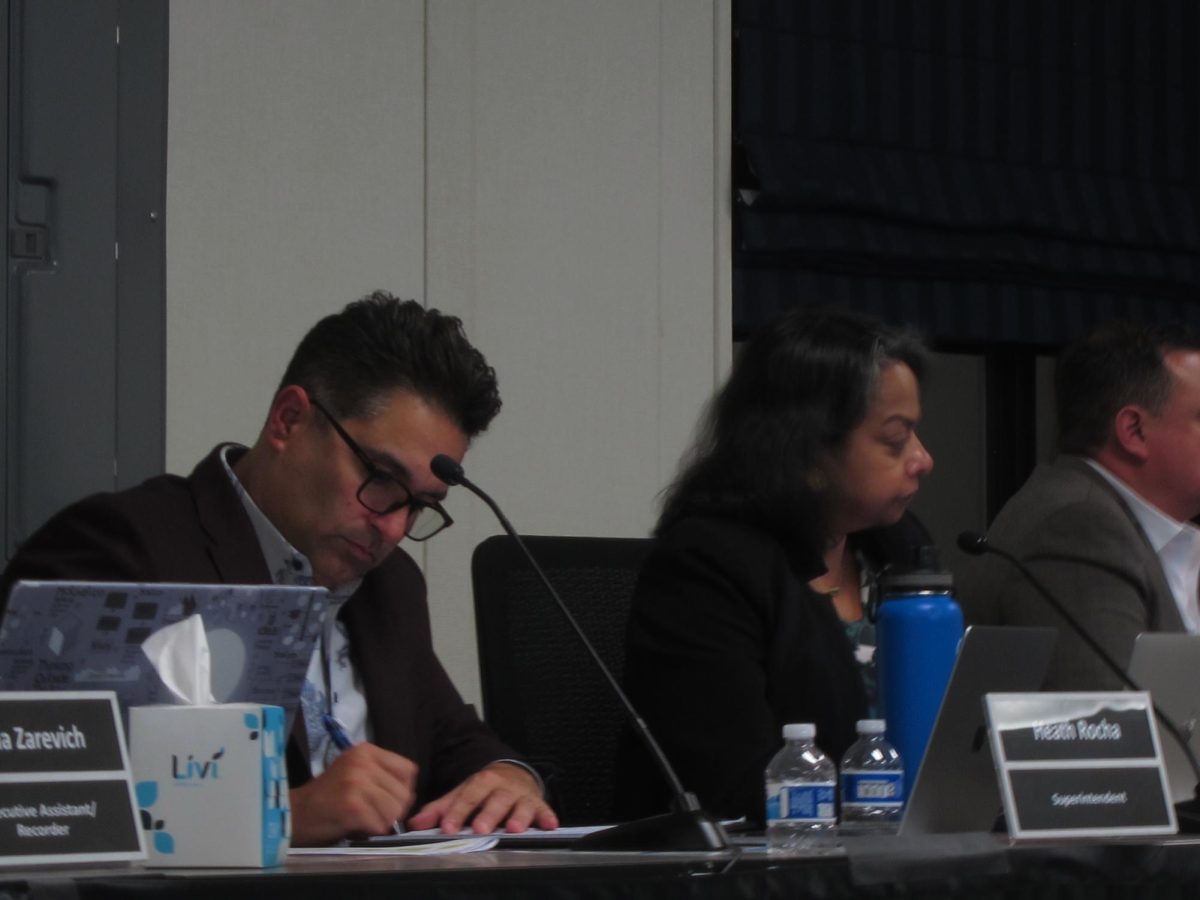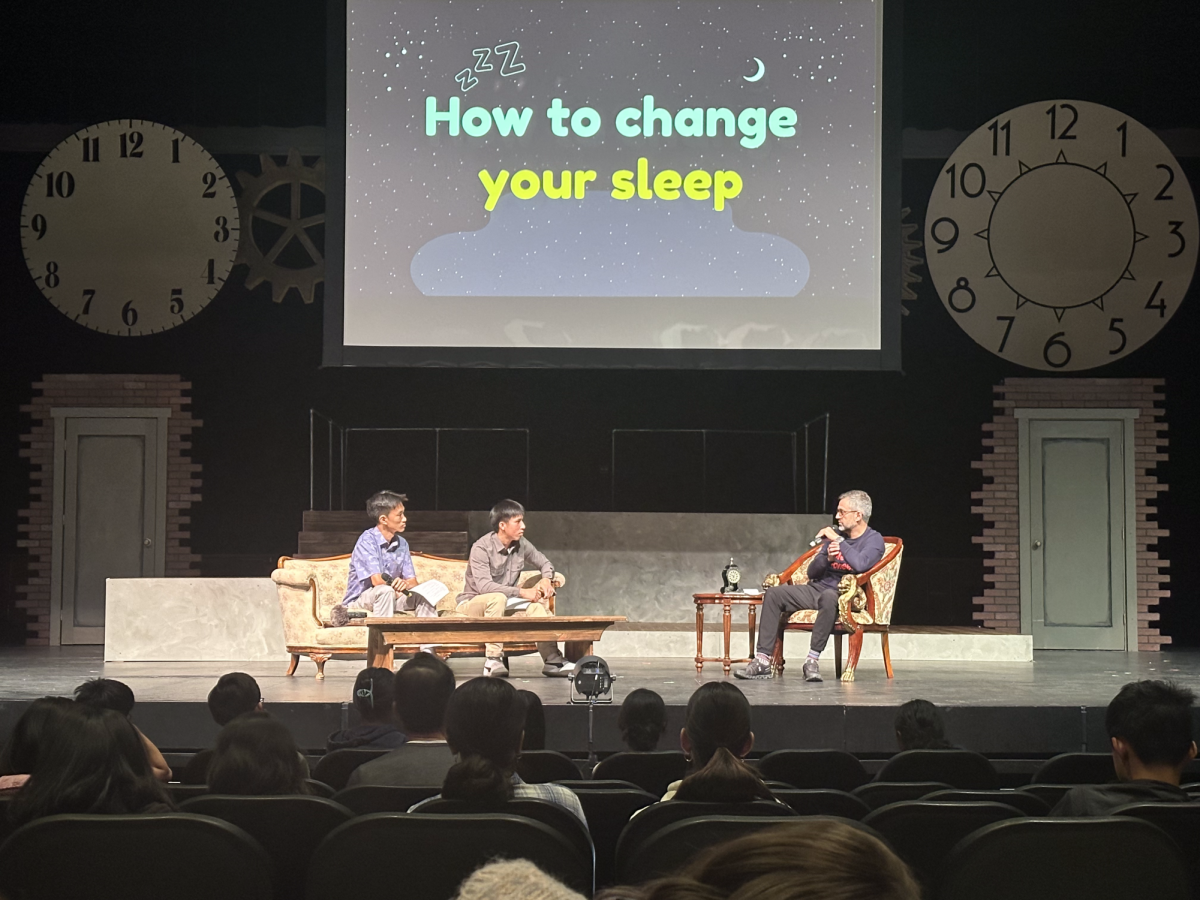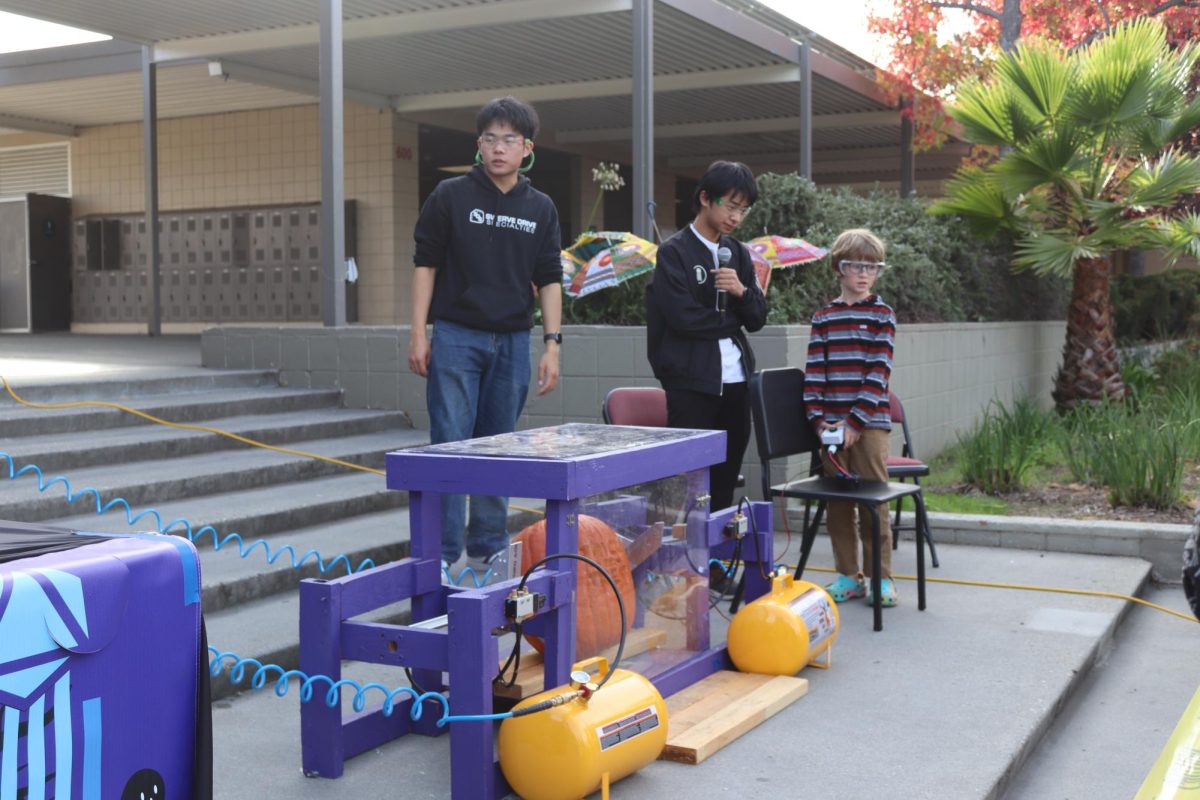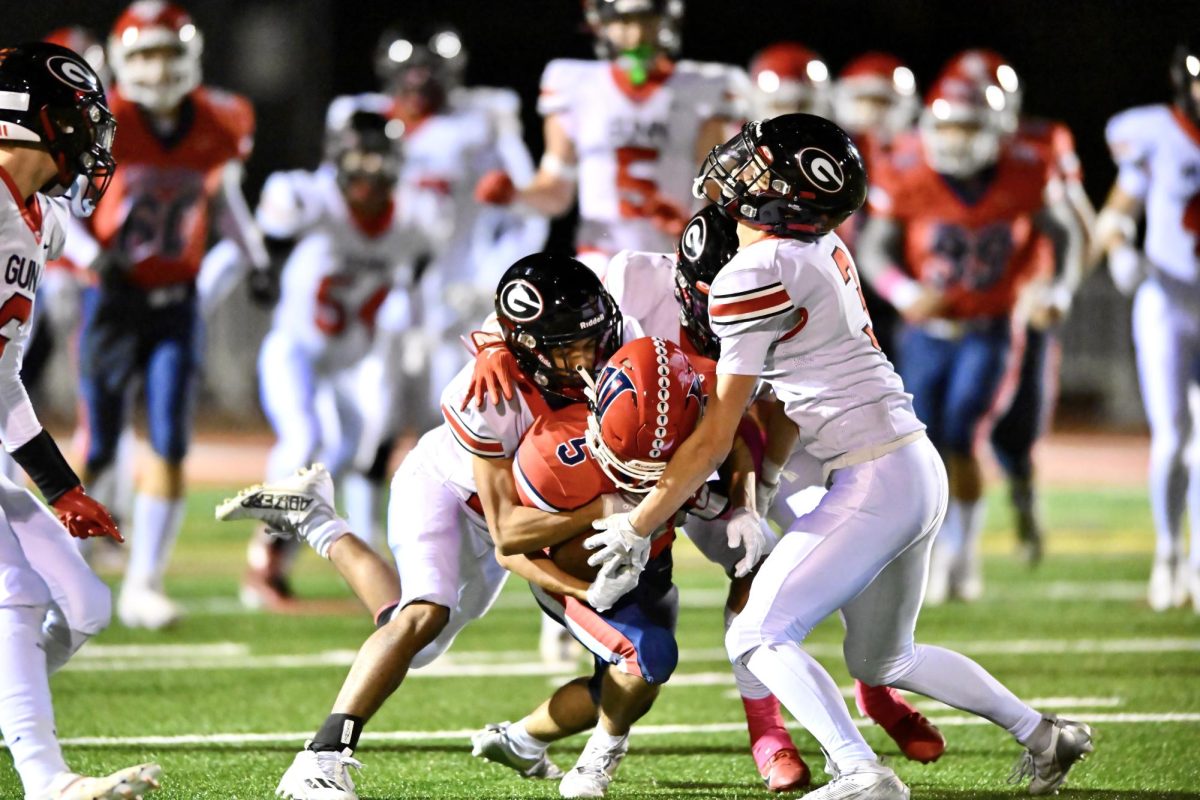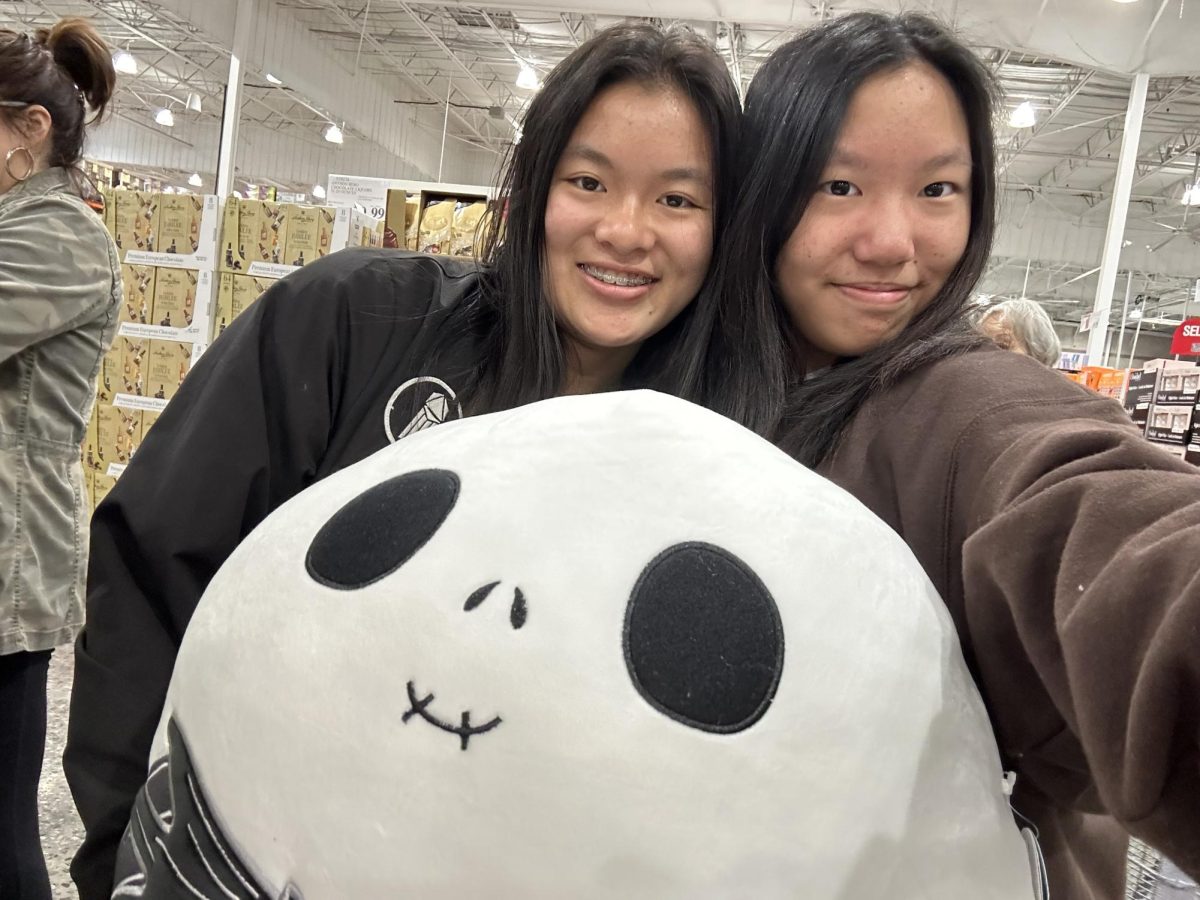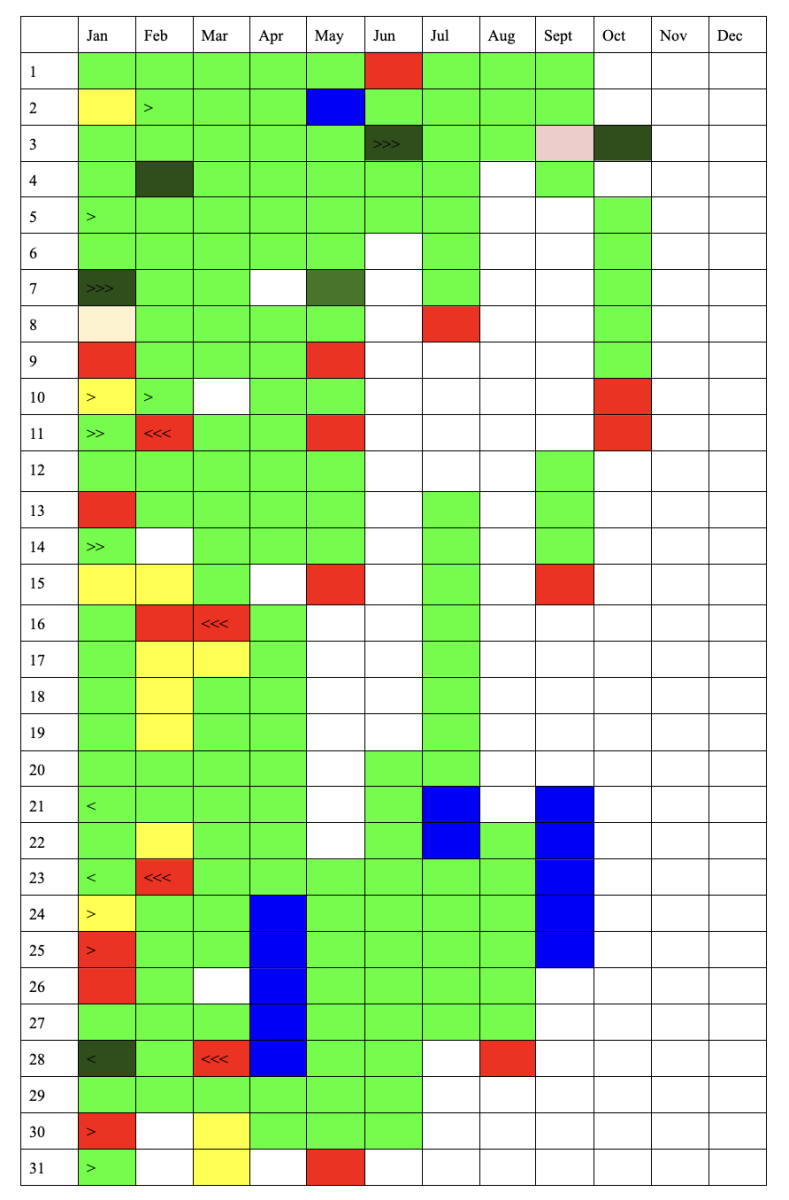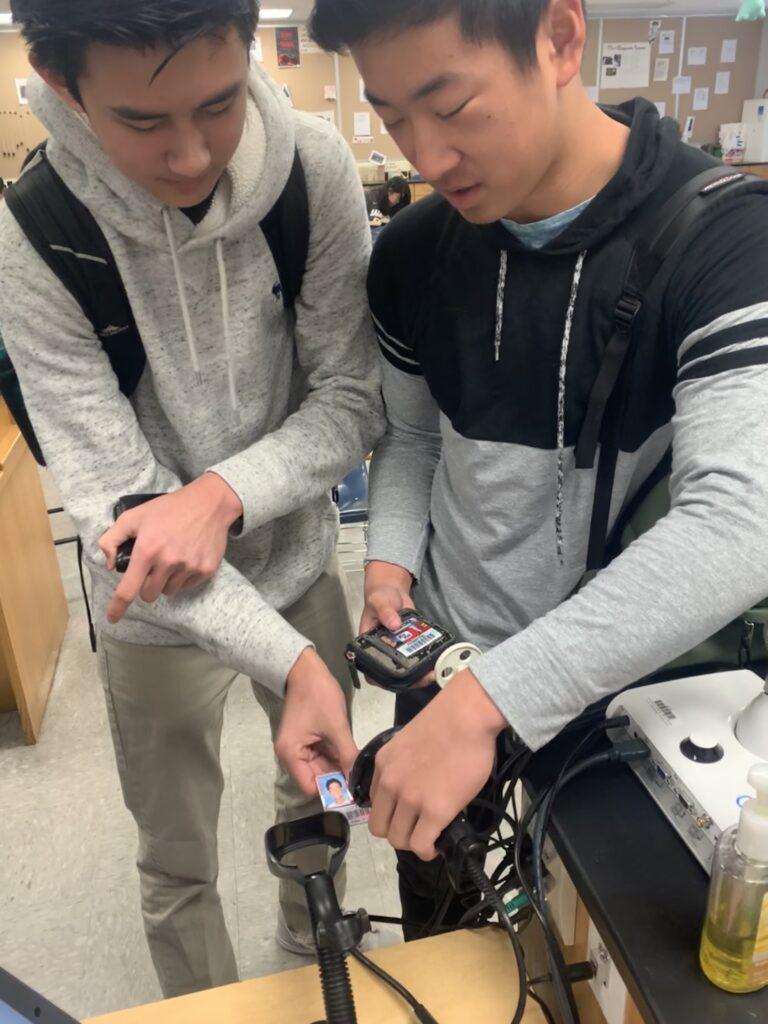During first semester, paper tutorial sign-sheets were left neglected or covered in unintelligible scribbles as students complained how outdated and dumb this system was.
In an attempt to fix these issues, the school introduced a system that uses an app called TeachMore on Feb. 4. It allows students to scan their student IDs instead of signing in on paper. Teachmore also allows students and teachers to make appointments during tutorial.
In a staff update on the same day, Principal Greg Louie announced that 930 of the 1,299 students present scanned in to tutorial with the new system, a solid 72 percent.
Despite the positive turnout, many teachers say they dislike having to spend their tutorial worrying about signing students in instead of focusing on students who need help.
“There are so many people coming in and out, and it’s making my job as a teacher way harder because I am spending so much time trying to fix glitches,” chemistry teacher Kathryn Nakamatsu said. “It is easier than dealing with the papers, but I wish they would have tested out the phone situation before they rolled it out.”
Nakamatsu said that although she has used TeachMore to make appointments, she still verbally tells each student that she has made an appointment with them.
“It’s hard to say how well TeachMore works because I’m not sure that, if I didn’t say anything, they would know about the appointment,” Nakamatsu said.
Other teachers think that the system is a huge improvement over the paper sign-ins.
Spanish teacher Bret Yeilding has noticed less traffic out of his classroom after class.
“There used to be lines of people trying to check out of tutorial, and this way is just much easier,” Yeilding said.
Spanish teacher Gina Rodriguez believes that the new system makes it much easier for students to sign in during tutorial.
“It’s been working great for me so far,” Rodriguez said. “It’s better than the paper system because they can track the students and it’s faster.”
While Louie acknowledges the inevitable glitches, he has a larger goal in mind.
“I understand that there were a few conflicts and challenges,” Louie said in an email. “But this is exactly why I wanted to use and practice this program this semester so that August is smooth as silk.”
Sophomore Jaime Fernandez Da Pointe said that, although he has noticed the same number of people wandering around during tutorial with the implementation of the new tutorial policy as before, he still believes that it is an improvement on the paper sign-in system.
“I think the scanning will force more people to actually be involved,” Fernandez Da Pointe said. “Because the school managed to reduce the amount of time spent signing in, it is more likely to be successfully implemented.”
Junior Lauren Tan considers the new system not as preferable as last year’s system but understands that its implementation is necessary.
“Since tutorial counts for our instructional minutes this year, and we have to do it, I would rather use the scan-in system than writing everything,” Tan said. “The only issues would be how the phones don’t work for a lot of teachers and the long lines to the library.”
Sophomore Derek Hsu thinks the idea is smart, but he is not as optimistic about the new scan-in system.
“The new system fails to fix many of the problems with tutorial already. For example, there is no check-out sheet, meaning a student can sign into one class and go back to their normal activities,” Hsu said.
He also believes that the sign-in system itself works against the “socially-emotionally or academically appropriate” policy of tutorial since it feels as if the teachers are trying to watch the students all the time, limiting their freedom.
Hsu, who visits about four different classrooms during tutorials, feels that the new sign-in system still hinders students’ abilities to move freely during tutorial.
“Most students don’t even bring their IDs, and the only positive part of the new tutorial is setting appointments between students and teachers,” Hsu said. “There are still many problems at the moment, but tutorial should stay as it is: as a time to work on homework and alleviate as much stress as possible. Frivolous electronic sign-in sheets do the opposite.”

